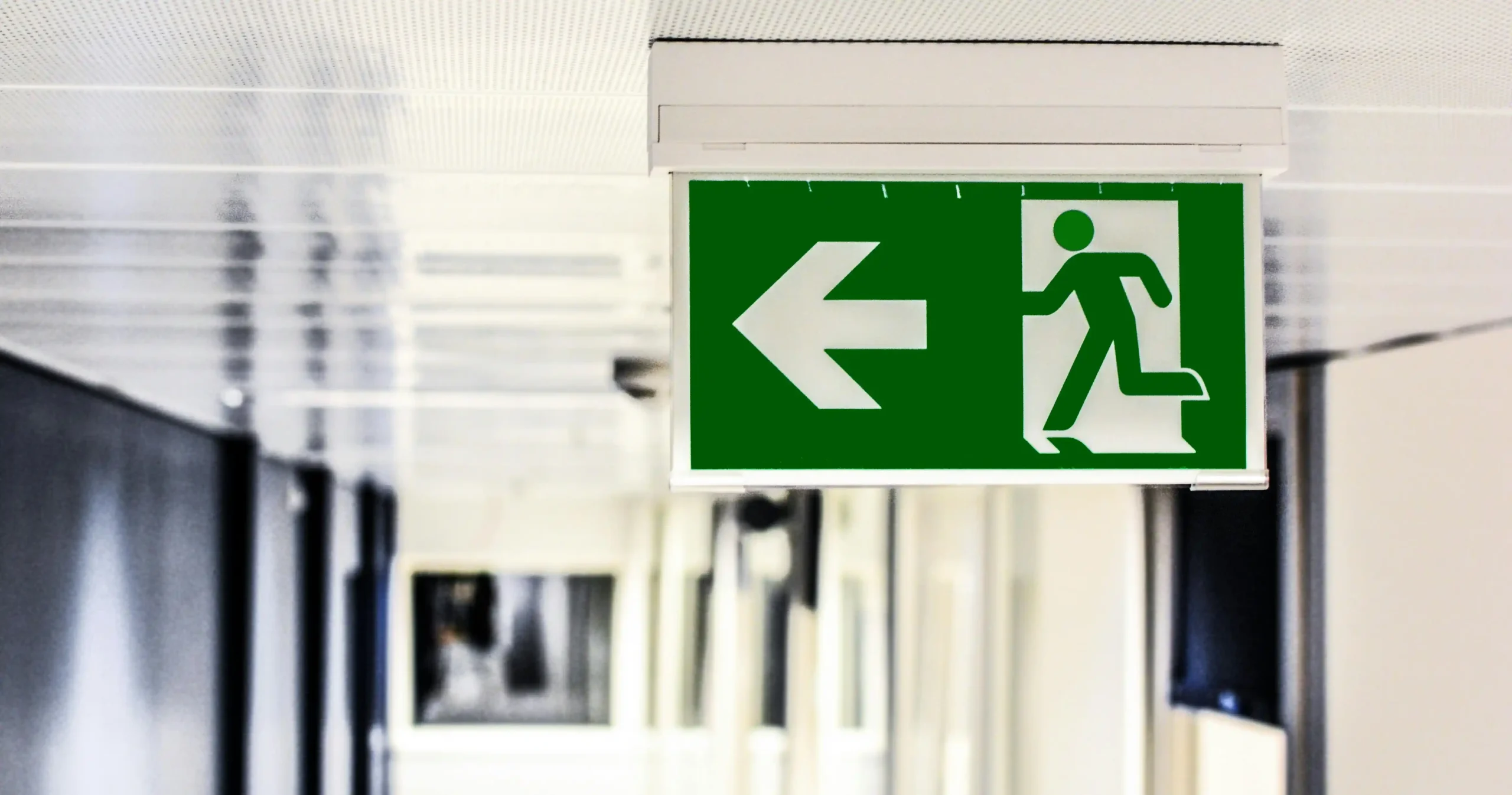Imagine a workplace without health and safety rules. It’s like a ship sailing without a compass—directionless, risky, and heading for disaster. Health and safety regulations are the invisible safety net that protects workers, visitors, and even businesses themselves from the unpredictable whirlwinds of accidents and illness. But beyond just ticking boxes or obeying laws, these rules play a deeper role in shaping how we live and work. Here’s why they truly matter.
The Backbone of Workplace Wellbeing
First and foremost, health and safety rules exist to protect people. Simple, right? Yet, it’s easy to underestimate just how fragile our wellbeing can be in the face of negligence or ignorance. Think about a construction site without hard hats, or a factory where dangerous machinery lacks proper guards. Without clear safety protocols, hazards lurk around every corner, waiting to turn a normal day into a nightmare.
These rules are there to make sure everyone goes home safe at the end of the day. They identify risks—be it slips, trips, chemical exposure, or repetitive strain—and then lay down practical steps to avoid them. Wearing personal protective equipment, maintaining clean and clutter-free spaces, and offering proper training might sound mundane, but these little details can be the difference between injury and safety.
Preventing Financial and Legal Chaos
Beyond the human cost, ignoring health and safety rules is a financial time bomb. Injuries at work don’t just hurt people—they also hit businesses hard. Compensation claims, legal fees, and increased insurance premiums can drain resources quickly. Plus, there’s the damage to a company’s reputation, which might take years to rebuild.
Legal compliance isn’t just a bureaucratic hoop to jump through; it’s a shield against such disasters. Laws like the Health and Safety at Work Act 1974 in the UK set out clear responsibilities. Failure to follow these can result in hefty fines or even criminal charges. So, for businesses, it’s both a moral duty and a strategic move to take health and safety seriously.
Boosting Productivity and Morale
It might seem counterintuitive, but safety and productivity often go hand in hand. When employees feel safe, they’re more focused, motivated, and confident. No one works at their best when worried about potential hazards or uncertain conditions.
Healthy workplaces create a positive atmosphere. Staff turnover decreases, sick days drop, and the general mood improves. People know their employer values them beyond just the output they deliver. It’s a subtle but powerful message: “You matter here.” That kind of culture drives engagement and loyalty in a way that no flashy perk or bonus can quite match.
Safeguarding Mental Health
Health and safety isn’t just about physical protection. Increasingly, mental health is recognised as a critical part of workplace wellbeing. Stress, burnout, and anxiety can stem from poor working conditions, unclear expectations, or a lack of support. Health and safety frameworks are evolving to address these less visible but equally serious risks.
Good rules mean clear working hours, proper breaks, manageable workloads, and access to support services. They help create an environment where mental health isn’t an afterthought but an integral concern. In this way, health and safety rules help build resilience—not just in the body but in the mind.
The Domino Effect Beyond the Workplace
Another dimension often overlooked is how health and safety rules protect the wider community. Accidents don’t always stay within company walls; hazardous substances might leak, fires can spread, and poor practices can harm neighbours or the environment.
By enforcing strong safety standards, companies reduce risks to the public and minimise environmental damage. This ripple effect is part of the social responsibility all businesses share. It’s a reminder that no one operates in a bubble—our actions, or lack thereof, have consequences beyond immediate surroundings.
Challenges and the Need for Adaptation
Of course, health and safety rules aren’t static. They evolve as new risks emerge and technologies develop. The digital age, remote working, and novel industries mean fresh challenges constantly appear. Rules must be flexible and regularly updated.
One challenge is that rules can sometimes feel like a bureaucratic burden, especially in smaller businesses. But that’s where the mindset shift is needed: health and safety isn’t red tape; it’s a toolkit for survival and success. Encouraging everyone to see it as part of everyday practice rather than an imposition is key.
Practical Steps Everyone Can Take
So, what can workplaces do to uphold health and safety beyond just meeting legal requirements?
- Risk assessments: Regularly identify and evaluate potential hazards.
- Training: Make sure staff know how to protect themselves and others.
- Communication: Encourage open dialogue about safety concerns.
- Maintenance: Keep equipment and premises in top condition.
- Emergency planning: Have clear procedures for fires, spills, or injuries.
- Mental health support: Promote wellbeing through policies and resources.
Wrapping Up: More Than Rules, a Culture
In the end, health and safety is about culture as much as compliance. It’s a commitment to look out for each other, to care enough to prevent harm, and to build environments where people can thrive. When done right, it’s not a dull list of dos and don’ts but a vibrant, living practice that empowers everyone.
So next time you think about health and safety rules, don’t just see them as boring regulations. Think of them as the invisible hands that catch us when we stumble, the quiet guardians of our daily lives, and the foundation for a world where work doesn’t cost us our health or happiness.
Because, really, what’s more important than that?

